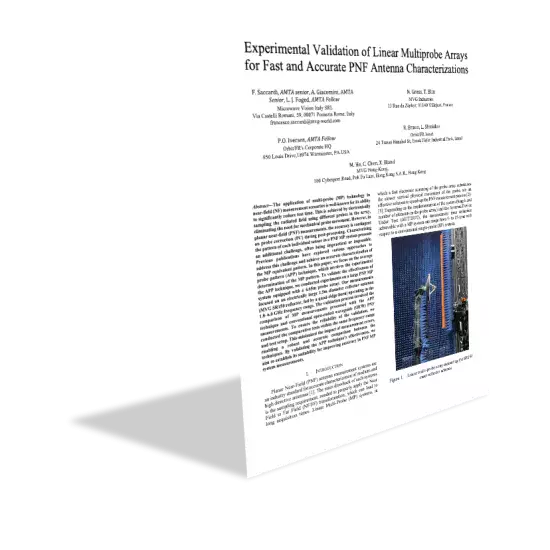
The application of multi-probe (MP) technology in near-field (NF) measurement scenarios is well-known for its ability to significantly reduce test time. This is achieved by electronically sampling the radiated field using different probes in the array, eliminating the need for mechanical probe movement. However, in planar near-field (PNF) measurements, the accuracy is contingent on probe correction (PC) during post-processing. Characterizing the pattern of each individual sensor in a PNF MP system presents an additional challenge, often being impractical or impossible. Previous publications have explored various approaches to address this challenge and achieve an accurate characterization of the MP equivalent pattern. In this paper, we focus on the average probe pattern (APP) technique, which involves the experimental determination of the MP pattern. To validate the effectiveness of the APP technique, we conducted experiments on a large PNF MP system equipped with a 4.65m probe array. Our measurements focused on an electrically large 1.5m diameter reflector antenna (MVG SR150 reflector, fed by a quad-ridge horn) operating in the 1.8–6.0 GHz frequency range. The validation process involved the comparison of MP measurements processed with the APP technique and conventional open-ended waveguide (OEW) PNF measurements. To ensure the reliability of the validation, we conducted the comparative tests within the same frequency range and test setup. This minimized the impact of measurement errors, enabling a robust and accurate comparison between the techniques. By validating the APP technique's effectiveness, we aim to establish its suitability for improving accuracy in PNF MP system measurements.

